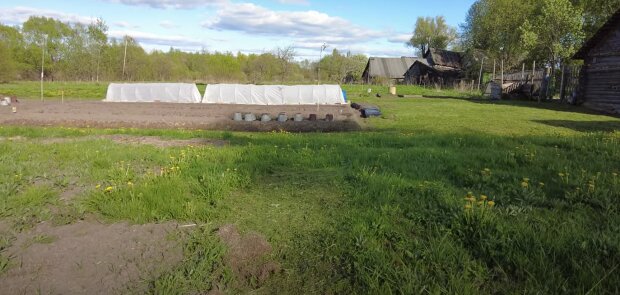The gravitational pull of the moon affects water movement not only in oceans but also in soil and plants, influencing their development at various stages.
During the waxing moon, when the light increases, crops that grow above the ground thrive. Conversely, the waning moon, when the light decreases, is ideal for planting root vegetables. However, the new moon and full moon are less favorable periods, better suited for tasks unrelated to planting, such as preparation and maintenance.
The lunar gardening calendar for 2025 provides a roadmap for planning your planting activities. By considering the phases of the moon, you can optimize your efforts, enhance yields, and make gardening more productive.
2025 Lunar Gardening Guide:
January:
New Moon: January 1–5.
Full Moon: January 17.
Waxing Moon: January 6–16, 18–31.
Best days for planting: January 8–10, 22–23.
Avoid planting: January 1–3, 17, 30–31.
February:
New Moon: February 1–3.
Full Moon: February 15.
Waxing Moon: February 4–15, 17–28.
Best days for planting: February 5–7, 20–22.
Avoid planting: February 1–2, 16, 27–28.

March:
New Moon: March 1–2.
Full Moon: March 16.
Waxing Moon: March 3–15, 17–31.
Best days for planting: March 5–7, 19–21.
Avoid planting: March 1–2, 16, 30–31.
It's important to note that the remaining months follow a similar pattern.
Practical Tips for Using the Calendar:
For above-ground crops: Use the waxing moon phase for sowing vegetable seeds such as cucumbers, tomatoes, and beans, which grow above the soil.
For root vegetables: Plan to plant potatoes, carrots, and other underground crops during the waning moon.
During the new moon and full moon: Avoid planting altogether. Instead, use these days for soil preparation, tool maintenance, or planning your garden layout.
By aligning your gardening routine with the moon phases, you can work in harmony with nature's rhythms, saving effort and increasing yields.